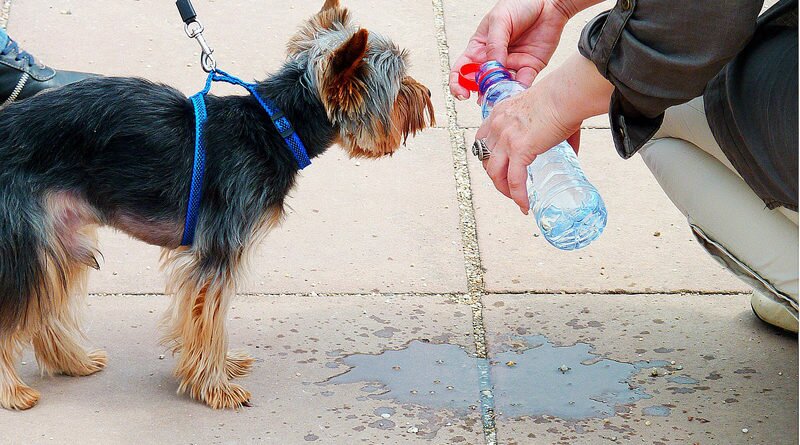Heat Safety for Dogs
Editor’s Note: Dogs are prohibited on all City of Phoenix hiking trails when the temperature is 100 degrees or warmer.
Our society has changed a lot, including in relation to animals. The number of conscious citizens is increasing every year: sterilization of animals, vegetarianism/veganism, harvest in parks, etc. Of course, this is an achievement of popularization of various scientific publications, which, incidentally, can order on best writing services, which tell about the feelings of animals, because of which our empathy grows, and society often emphasizes that you, as the owner, responsible for the pets, it was you who bought/took it from the shelter and should take care of it.
By Dr. Kirstin Young, D.V.M. — While sweating is a very effective means of cooling, our four-legged friends sweat only a small amount through the pads of their paws. Most of their cooling occurs through panting, which is much less effective, especially when the humidity is high. This makes dogs more vulnerable to heat exhaustion in the summer.
The Sensitive Type
Certain breeds, such as pugs, Boston terriers and bulldogs are more susceptible to heat stress because of their flat faces. The very old, the very young and the overweight also have a harder time handling heat. They may not be able to walk as far or play as long as normal. Don’t count on your dog to stop when they are too hot or tired— some dogs keep going until they collapse.
What to Do: Adjust your dog’s activity level as summer heats up.
The Car Inferno
As you can see in the table, comfortable temperatures quickly turn dangerous in a vehicle. Leaving the windows cracked does very little to decrease the temperature, even if there is a breeze. The dog’s panting will increase the heat and humidity in the closed compartment making matters worse.
What to Do: Never leave your dog in a parked vehicle even if the temperature seems mild.
Walking on Coal
The idea that a dog’s pads act like shoes is not true. Although pads are tougher than human skin, they are still sensitive to heat and can burn on hot asphalt. Look for limping, licking of paws, reluctance to walk and blisters or sores on the pads.
What to Do: Walk your dog early in the morning or late in the evening and avoid hot sidewalks. Before going for a walk, slip your shoe off and feel the surface with your bare foot. If it is too hot for you, it is too hot for your dog.
Dangerous Bath
When the temperatures are in the 100s, the water sitting in your hose can be scalding and can cause severe burns to your dog’s skin.
What to Do: Run the hose to clear the hot water before letting it touch your dog.
More Heat, More Water
Always bring plenty of cold water when walking or hiking with your dog during the summer. When exerting themselves in hot weather, dogs may need twice as much water as usual to avoid heat stroke and dehydration.
Summer is a great time to spend quality time with your best friend. Keep it cool to keep it enjoyable.
Signs of heat stress or exhaustion
- Heavy panting
- Excessive drooling
- Confusion
- Increased heart rate
- Weakness
- Vomiting
- Diarrhea
- Collapse
If you see any of these signs, immediately stop any activity, get your dog into the shade, wet them with cool water if possible and get to your veterinarian as quickly as possible.
Related
Dr. Kirstin Young, a Phoenix native, owns Daisy Mountain Veterinary Hospital in Anthem. This article was first published on Anthem News.

